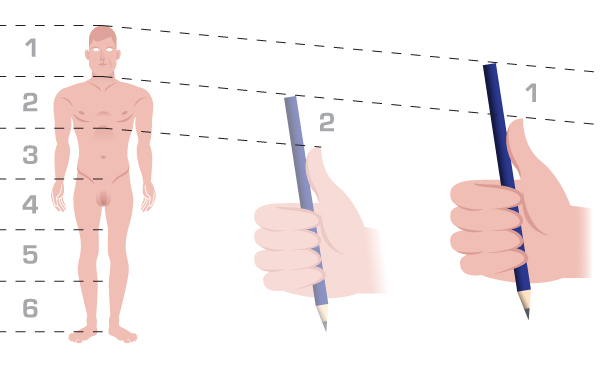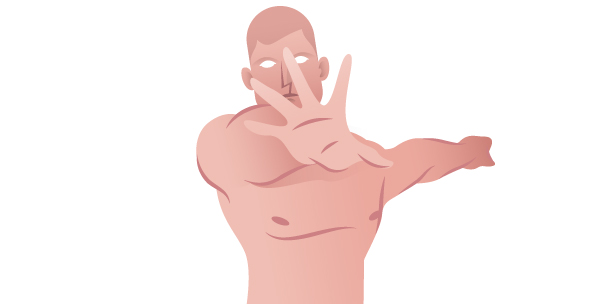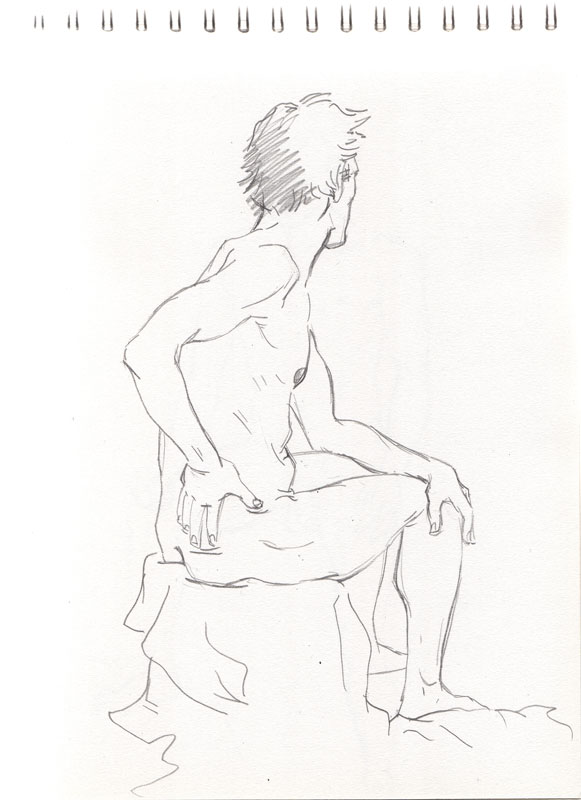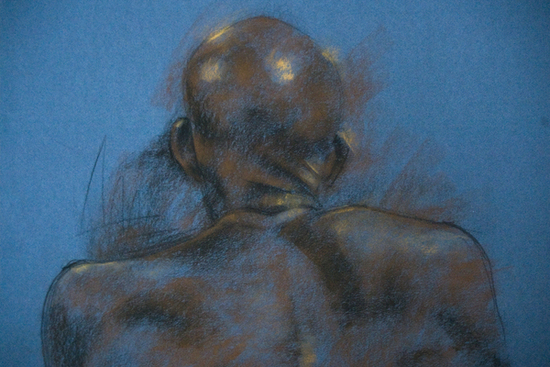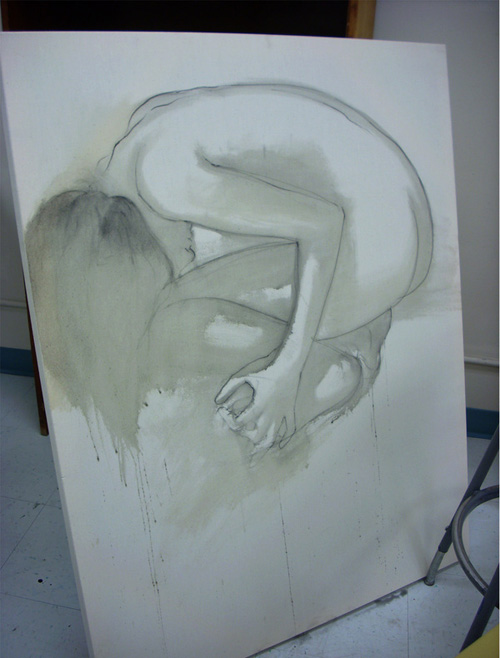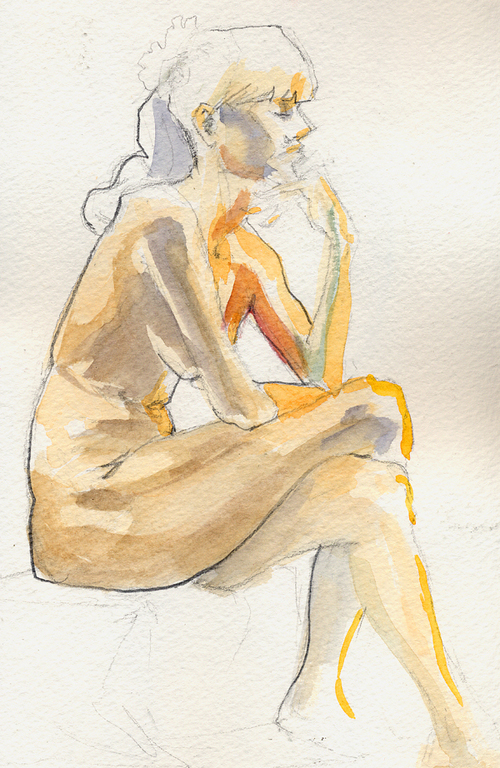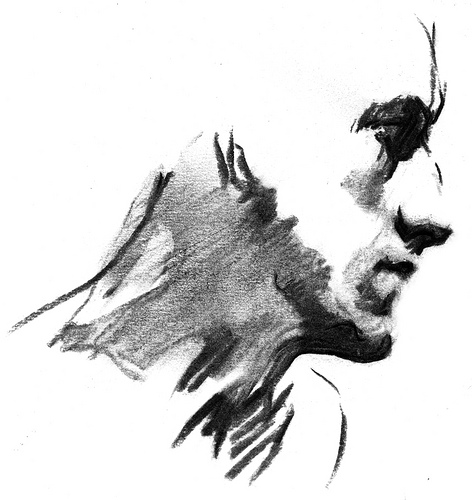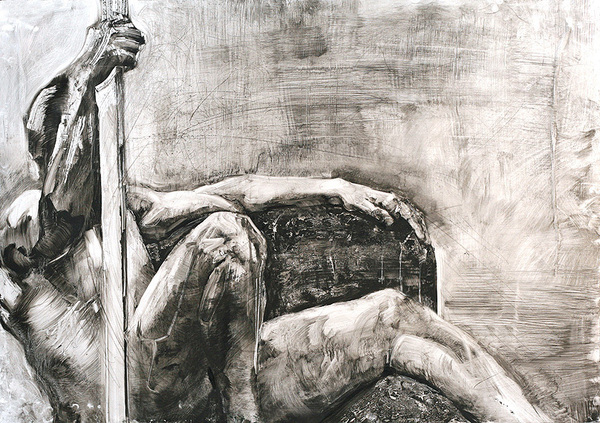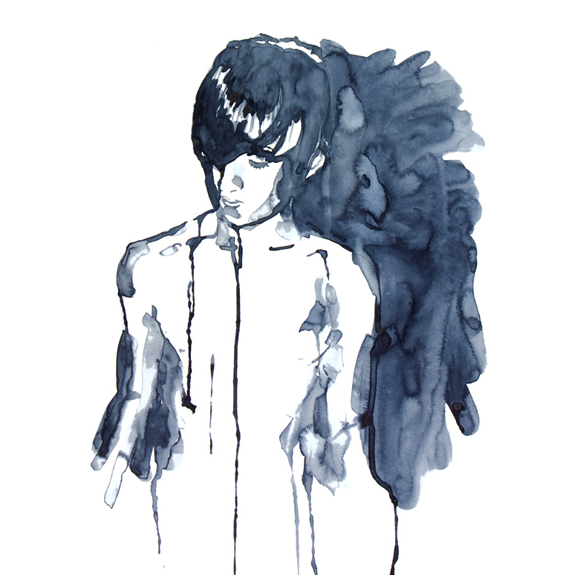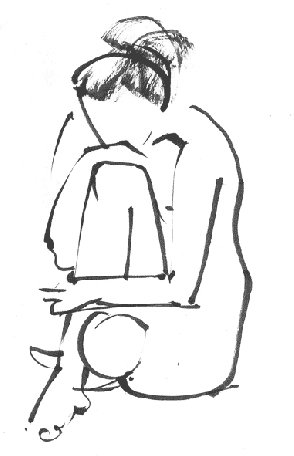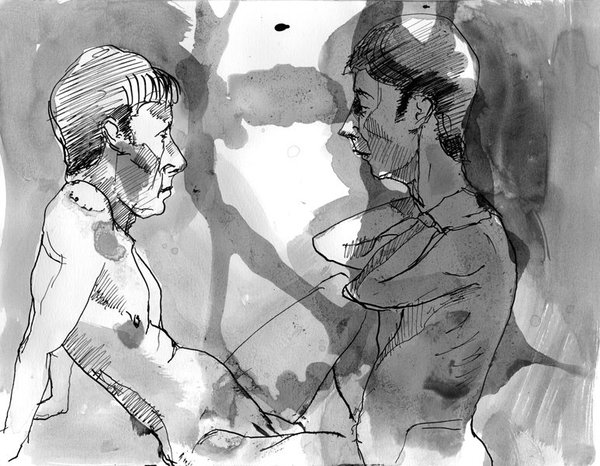The study of the figure is the corner stone of art skills, its disciplines trickle down into all areas of work. It’s also the area that takes the most effort to master. In part three of Core Art Skills, Ben Mounsey will show you how to confidently draw from life. You will learn about the key concepts of figure study and how to draw what you see.
The Form
The human form is used often in design work and provides the basis for most character designs we create and encounter. Good character designs, no matter how warped or unusual, usually have a good understanding of form at their core. One example is believable proportions, believable proportions shows an understanding of the figure, good figure drawing skills lead to competent execution of even the most unconventional designs. Having these underlying skills will broaden your horizons as an artist. I’m of the school of thought, that your ideas are only held back by the level of your abilities as an artist. In order to progress, you have to tackle new challenges.
Key concepts for studying the figure
These principles will migrate from your life drawing sessions and over into your regular work.
- Proportion
- Foreshortening
- Structure and muscles
- Weight
Proportion
Proportion is learning the form and its physical parameters, with a good understanding you should know the distance from the shoulder to the wrist etc. The best way to do this is to measure in ‘heads’. With your pencil in fist, thumb pointing up, arm stretched out straight, close one eye and focus on the models head. Then align the top of the models head with the top of the pencil, and the top of your thumb with the bottom of the models chin. As in the image below. Now measure the distance between parts of the models body to accurately portray proportions in your picture.
Foreshortening
Foreshortening is the visual illusion created when viewing an object at an extreme angle and showing its distance in perspective. See below for an example. Foreshortening learnt here can be applied to many other situations, and generally creates better spatial awareness and understanding of 3D form.
Structure and Muscles
Structure and Muscles is another area of benefit. Even a rudimentary understanding of the placement of bones and muscles within the body will add a greater dimension of realism to your drawings, both in and out of life drawing. Good books to look at are: Dynamic Anatomy by Burne Hogarth and Anatomy for the Artist by Sarah Simblet.
Weight
Weight, in a life drawing context, is the observation of the body’s relationship to the ground, and the way the body hangs from its structure. When a person is sitting their weight is grounded to the chair, and distributes down through their body. If you don’t get it right the figure will seem to float on the page. If you can convey this in your illustrations it will make for a really convincing portrayal.
If you want to learn more, the first thing to do is find a life drawing class near you. Websites like meetup.com can help you find classes in your area. When attending a class, keep in mind the above key principles, a basic awareness of these will help you advance. Many of the skills learnt from life drawing will be subconsciously carried over into your other work, even if you don’t work in a ‘realistic’ style.
Life Drawing is all about seeing, it forces you to look closely and carefully at not just the model, but your work, as you draw and re-draw you exercise a critical eye. One of the more important practices in life drawing is to hold your gaze on the model and only glance at your paper, we spoke about this before in Part 2 when I spoke about reportage. The more time you spend studying the model, the more information you can absorb, and the more accurate your drawing will be. A fun game to play in your classes is ‘Blind Contour Drawing’, you stand very close and to the side of your easel, and draw what you see without looking at all at the paper, and without letting the pencil leave the page. The result is often an interesting mess of continuous line work, and sometimes you get some carefully observed ‘gems’ of drawing. You can play the same game with a sketchbook — just don’t peek at your page!
Things to Remember for Life Drawing Class
-
Take materials with you, sketchbook/paper and pens, pencils etc. Some classes will provide or sell you materials to use, but its best not to assume.
-
Most life drawing classes are conducted in almost silence, so turn your phone off! In most cases listening to music with headphones, is also not allowed.
- Be respectful and thank the model at the end of the session, it takes an awful lot of effort holding a position for a long period of time. Not to mention bravery and confidence to stand naked in front of a room of strangers.
Project: Try Your Own Life Drawing
For this task you have two options: Ask a friend to pose for you clothed, unless your really good friends! Or draw yourself in front of the mirror. It’s better to draw from life if possible, as it gives you far better understanding of form. If you struggle with any particular area of the body, for instance the hands, then make a separate study concentrating on just that section.
Conclusion: Make Time to Learn
I encourage you to make time in your schedule to attend a life drawing class at least once every two weeks, you’ll be surprised at how much of a difference it can make to your work. It’s not always an instant success, you may not be all-together happy with your first few attempts, and although I talked earlier about having a critical eye, try not to be too hard on yourself. It’s also a great calm atmosphere to get away from your other work and stresses, so enjoy! Below is a collection of life drawings to inspire you. You will notice that some people use pencil, some paint, some render the images over a long time and others make rough impressions.
Josh Edwards – Drawing Portfolio
Vanessa Hartmann – Sketches
Stasia Burrington – Life-Size
Mark Barrett – Life Drawing
Ciaran Hughes – Life Drawing
Tomasz Szkodzinski – Drawing
Johanna Fernihough – Ethan
Claire Thacker
– Drawings
Mina Arko – Croquis
Oleg Portnoy –
Drawing & Painting
